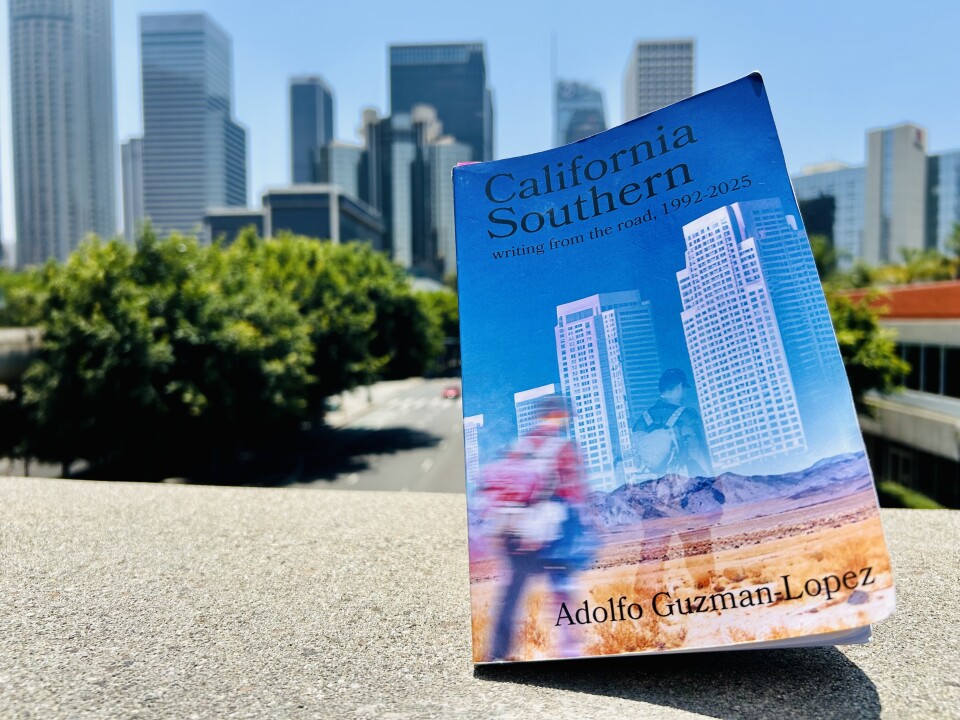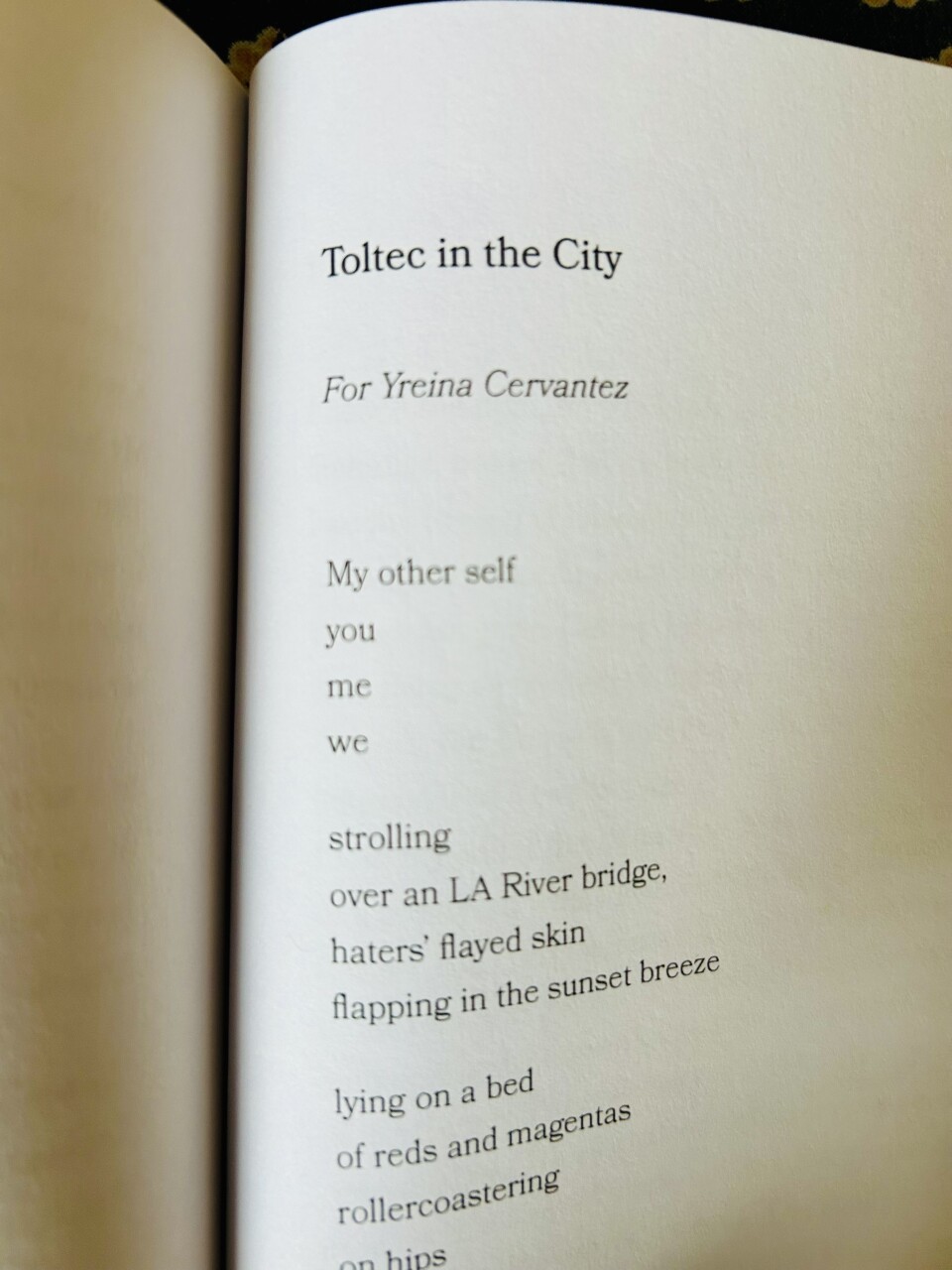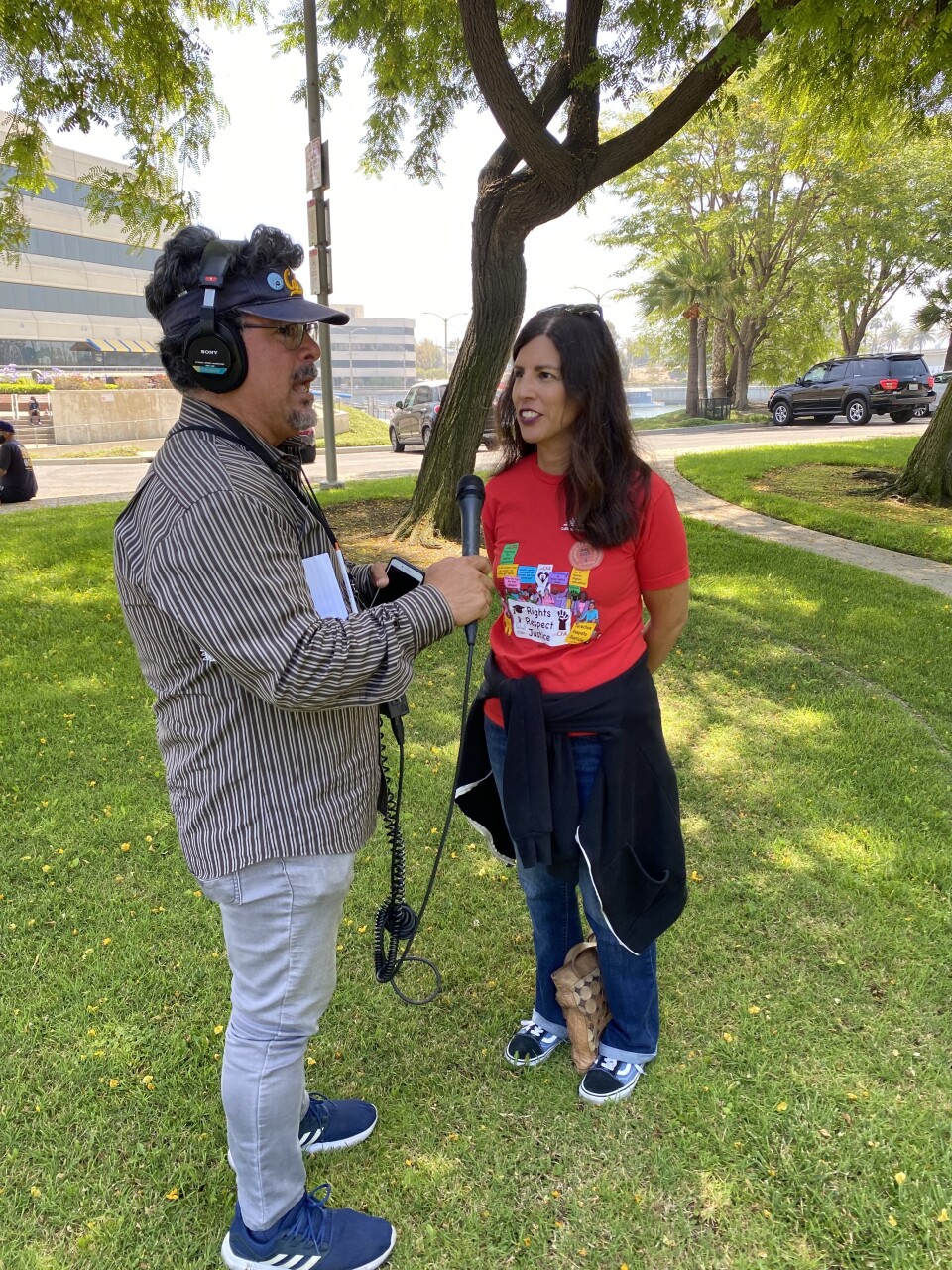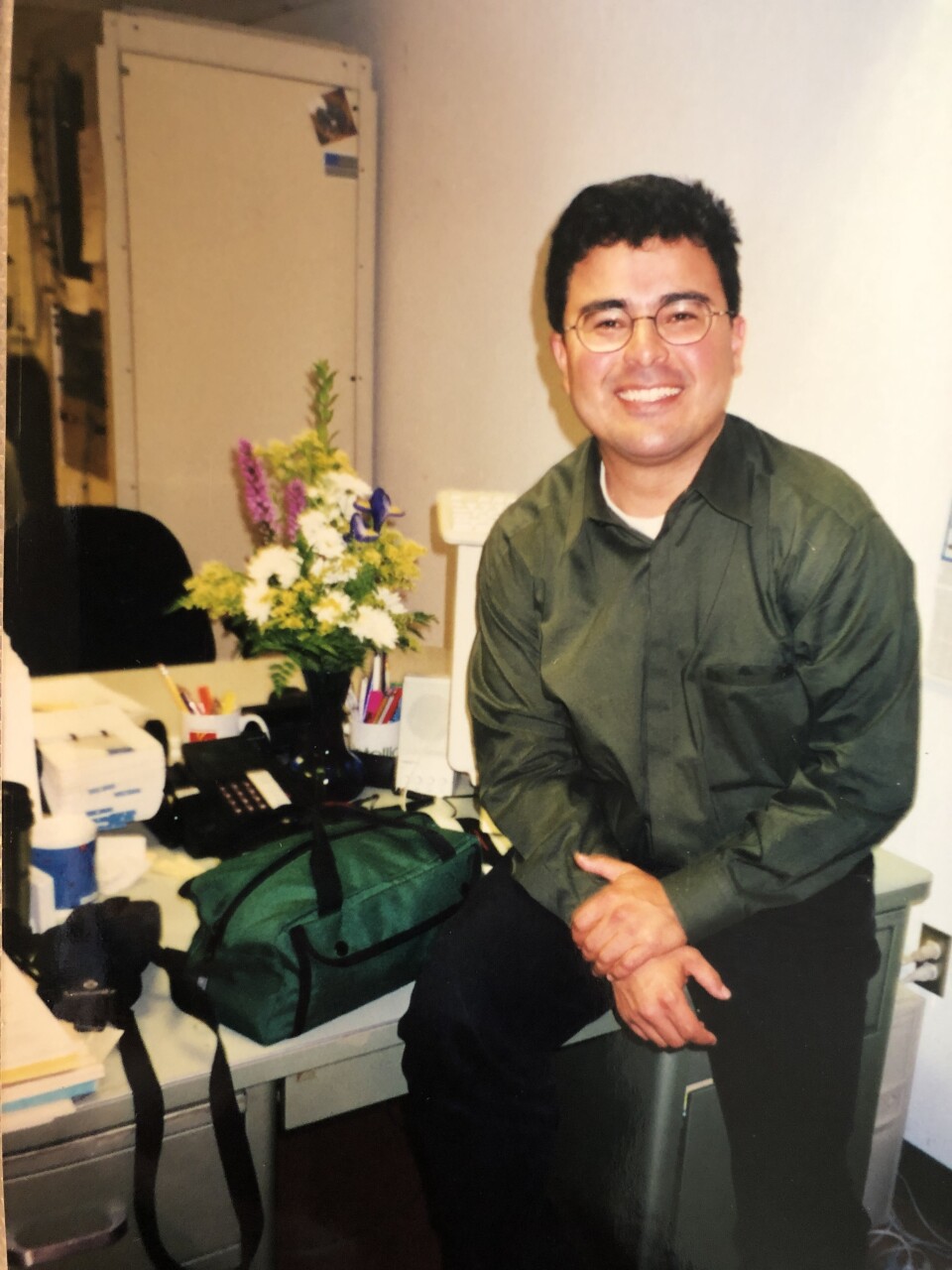The Trump administration says it’s planning to freeze about $10 billion in federal support for needy families in California and four other Democrat-run states, as the president announced an investigation into unspecified fraud in California.
The plans come on the heels of the Trump administration announcing a freeze on all federal payments for child care in Minnesota, citing fraud allegations against daycare centers in the state.
The state’s Democrat governor, Tim Walz — who ran for vice president against Donald Trump’s ticket in 2024 — announced Monday he was dropping out of running for reelection. He pointed to fraud against the state, saying it’s a real issue while alleging Trump and his allies were “seeking to take advantage of the crisis.”
On Monday, the New York Post reported that the administration was expanding the funding freeze to include California and three other Democrat-led states, in addition to Minnesota. Unnamed federal officials cited “concerns that the benefits were fraudulently funneled to non-citizens,” The Post reported.
Early Tuesday, President Trump alleged that corruption in California is worse than Minnesota and announced an investigation.
“California, under Governor Gavin Newscum, is more corrupt than Minnesota, if that’s possible??? The Fraud Investigation of California has begun. Thank you for your attention to this matter! PRESIDENT DONALD J. TRUMP,” the president wrote on his social media platform Truth Social.
He did not specify what alleged fraud was being examined in the Golden State.
LAist has reached out to the White House to ask what the president’s fraud concerns are in California and to request an interview with the president.
“For too long, Democrat-led states and governors have been complicit in allowing massive amounts of fraud to occur under their watch,” said an emailed statement from Andrew Nixon, a spokesperson for U.S. Department of Health and Human Services, which administers the federal childcare funds.
“Under the Trump administration, we are ensuring that federal taxpayer dollars are being used for legitimate purposes. We will ensure these states are following the law and protecting hard-earned taxpayer money.”
Gov. Gavin Newsom’s press office disputed Trump’s claim on social media, arguing that since taking office, the governor has blocked $125 billion in fraud and arrested “criminal parasites leaching off of taxpayers.”
Criminal fraud cases in CA appear to be rare for this program
Defrauding federally funded programs is a crime — and one LAist has investigated, leading to one of the largest such criminal cases in recent years against a California elected official, which surrounded meal funds.
When it comes to the federal childcare funds that are being frozen, the dollar amount of fraud alleged in criminal cases appears to be a tiny fraction of the overall program’s spending in California.
A search of thousands of news releases by all four federal prosecutor offices in California, going back more than a decade, found a total of one criminal case where the press releases referenced childcare benefits.
That case, brought in 2023, alleged four men stole $3.7 million in federal childcare benefits through fraudulent requests to a San Diego organization that distributed the funds. All four pleaded guilty, with one defendant sentenced to 27 months in prison and others sentenced to other terms, according to authorities.
It appears to be equivalent to one one-hundredth of 1% of all the childcare funding California has received over the past decade-plus covered by the prosecution press release search.
Potential impact on California families
The plans call for California, Minnesota, New York, Illinois and Colorado to lose about $7 billion in cash assistance for households with children, almost $2.4 billion to care for children of working parents, and about $870 million for social services grants that mostly benefit children at risk, according to unnamed federal officials speaking to the New York Times and New York Post.
In the largest category of funding, California receives $3.7 billion per year. The program is known as Temporary Assistance for Needy Families, or TANF.
”It's very clear that a freeze of those funds would be very damaging to the children, families, and providers of California,” said Stacy Lee, who oversees early childhood initiatives "at Children Now, an advocacy group for children in California.
”It is a significant portion of our funds and will impact families and children and providers across the whole state,” she added. “It would be devastating, in no uncertain terms.”
About 270,000 people are served by the TANF program in L.A. County — about 200,000 of whom are children, according to the county Department of Public Social Services.
“Any pause in funding for their cash benefits – which average $1000/month - would be devastating to these families,” said DPSS chief of staff Nick Ippolito.
Ippolito said the department has a robust fraud prevention and 170-person investigations team, and takes allegations “very seriously.”
It remains to be seen whether the funding freeze will end up in court. The state, as well as major cities and counties in California, has sued to ask judges to halt funding freezes or new requirements placed by the Trump administration. L.A. city officials say they’ve had success with that, including shielding more than $600 million in federal grant funding to the city last year.
A union representing California childcare workers said the funding freeze would harm low-income families.
“These threats need to be called out for what they are: direct threats on working families of all backgrounds who rely on access to quality, affordable child care in their communities to go to work every day supporting, and growing our economy,” said Max Arias, chairperson for the Child Care Providers United, which says it represents more than 70,000 child care workers across the state who care for kids in their homes.
“Funding freezes, even when intended to be temporary, will be devastating — resulting in families losing access to care and working parents facing the devastating choice of keeping their children safe or paying their bills.”
How to reach me
If you have a tip, you can reach me on Signal. My username is ngerda.47.
Federal officials planned to send letters to the affected states Monday about the planned funding pauses, the New York Post reported. As of 3 p.m. Tuesday, state officials said they haven’t gotten any official notification of the funding freeze plans.
“The California Department of Social Services administers child care programs that help working families afford safe, reliable care for their children — so parents can go to work, support their families, and contribute to their communities,” said a statement from California Department of Social Services spokesperson Jason Montiel.
“These funds are critical for working families across California. We take fraud seriously, and CDSS has received no information from the federal government indicating any freeze, pause, or suspension of federal child care funding.”



















